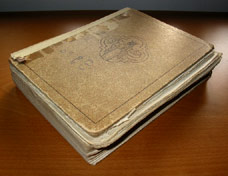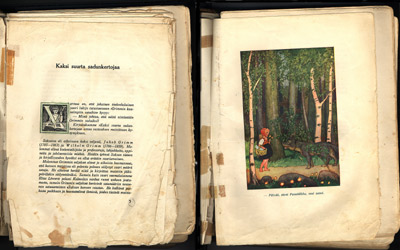Canadian Thanksgiving
This is a three-day long weekend in which many families get together for a big dinner centered usually around a big roast turkey, traditionally as a thanks for the harvest, right? Well, I decided to search some of the history behind this North American tradition, which is a much bigger occasion in the USA near the end of November.
The Canadian Encyclopedia gives a short and dry report, while Wikipedia is more interesting with their usual abundance of links to explore.
Then Mirabilis led me to an article in the Globe and Mail “Giving thanks with chilies and basmati”. It is about today’s multicultural Canadians adapting Thanksgiving to their own cultures’ special foods, but still with an emphasis on family and often giving thanks for their blessings in a “new world”. It has made me recall my own childhood as a new immigrant, my mother adapting her Finnish cooking by adopting the turkey or sometimes a wild goose brought home by an uncle from a hunting trip. We had a large extended family of aunts, uncles and cousins together in tiny homes, sharing and thankful for the abundant food that had not been so plentiful right after the “war” in the “old country”.
I was surprised to learn that our present date of the second Monday in October was only set in 1957, after many different ones had been tried over centuries, since that very first North American Thanksgiving celebrated by Martin Frobisher in Newfoundland in 1578. So, Happy Thanksgiving, Canada!

